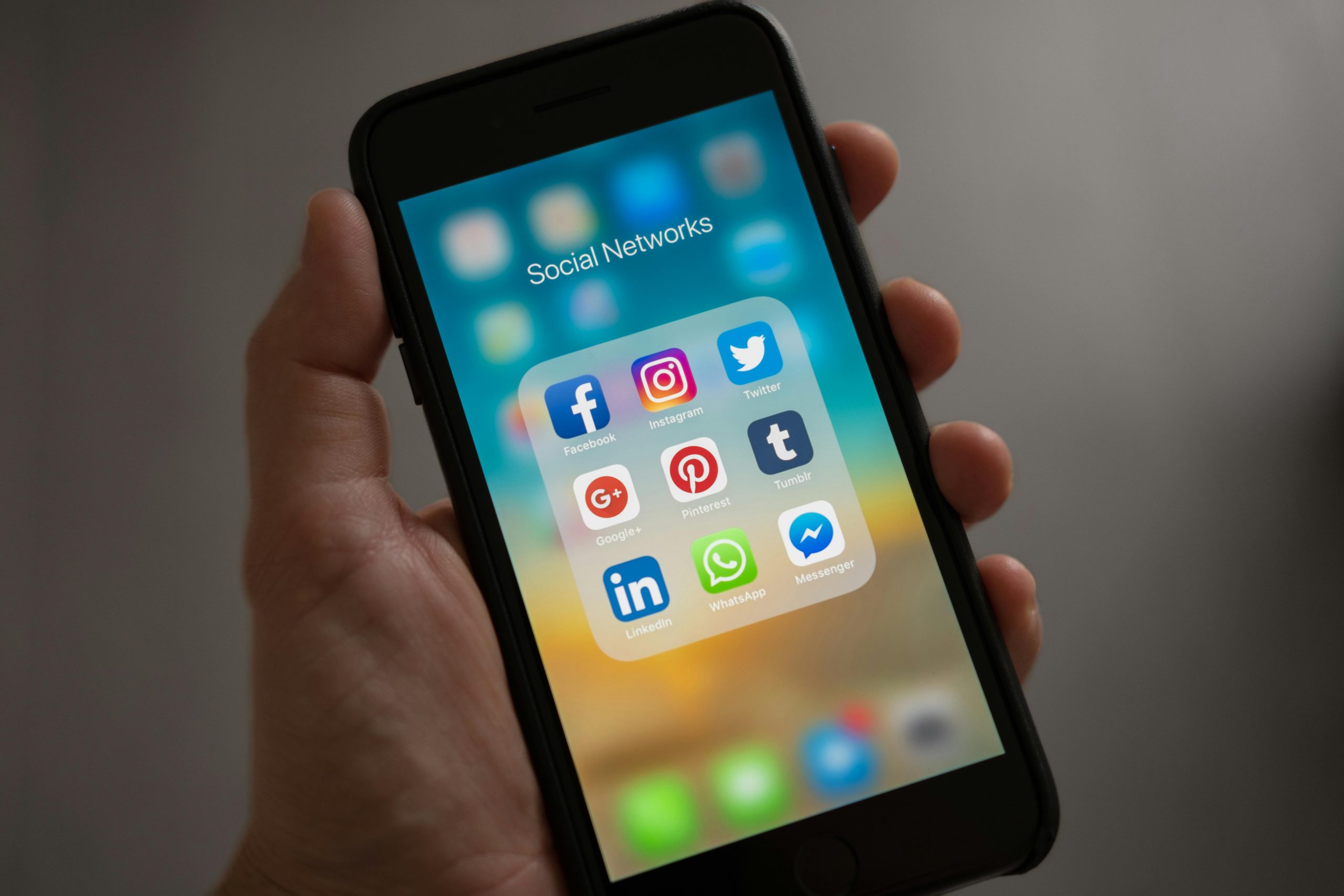How to Ensure Your Push Notifications Reach Users Without Being Marked as Spam
Building an effective push notification system is essential for any modern web application, especially in the realm of social media platforms. Recently, I successfully developed and tested a push notification feature within a Next.js-based web app. However, I encountered a common challenge: despite configuring notifications with appropriate parameters, many messages were marked as spam or ignored by users’ devices.
The Challenge: Notifications Being Treated as Spam
While I carefully set essential notification options such as icons, badges, TTL, tags, collapse keys, and re-notify flags, the notifications still failed to achieve the desired visibility. Instead of appearing prominently on users’ devices, these alerts were often dismissed or diverted to spam folders. This is a frustrating yet common obstacle when deploying web push notifications.
What I Aimed to Achieve
- Ensure that notifications actively wake up the user’s device.
- Display the alert clearly in the notification bar.
- Replace default browser icons with a recognizable app logo.
- Consolidate notifications with the same tag or collapse key to avoid clutter.
- Incorporate interactive actions like “Like” or “Reply” in the notification.
Key Strategies for Better Notification Delivery
-
Proper Channel Configuration:
Verify that your push messages are sent through properly configured service workers and that your server follows best practices for push protocol. Properly settingvibrate,sound, andrequireInteractioncan make notifications more prominent. -
Authenticity and Content Quality:
Ensure messages are personalized, relevant, and non-spammy. Overly promotional or generic content is often flagged by browsers or devices. -
Consistent Branding:
Use your own logo and iconography in the notification payloads to establish trust and recognition. -
Use Appropriate Headers and Metadata:
Properly leverageTTL,tag, andrenotifyparameters to group notifications logically and prevent clutter. -
Engage Users with Actions:
Native support for interactive actions (like “Reply” or “Like”) depends on the browser and device. Currently, Chrome and some other browsers support action buttons, but implementation varies.
Is Adding Actions in Web Push Notifications Possible?
Yes, many modern browsers support adding action buttons to notifications, which can enhance user interaction. However, support varies across platforms. Before implementing, check compatibility and design your UI accordingly.
Final Thoughts
While

